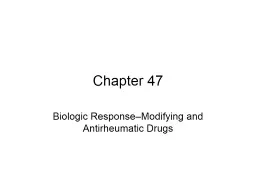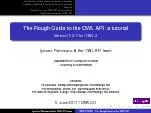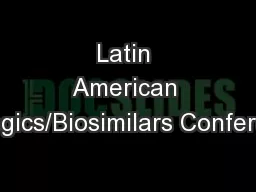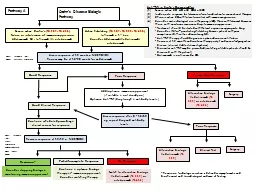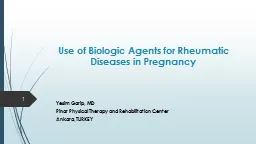PPT-Chapter 47 Biologic Response–Modifying
Author : scoopulachanel | Published Date : 2020-06-16
and Antirheumatic Drugs Copyright 2017 Elsevier Inc All rights reserved Alter the bodys response to diseases such as cancer and autoimmune inflammatory and infectious
Presentation Embed Code
Download Presentation
Download Presentation The PPT/PDF document "Chapter 47 Biologic Response–Modifying" is the property of its rightful owner. Permission is granted to download and print the materials on this website for personal, non-commercial use only, and to display it on your personal computer provided you do not modify the materials and that you retain all copyright notices contained in the materials. By downloading content from our website, you accept the terms of this agreement.
Chapter 47 Biologic Response–Modifying: Transcript
Download Rules Of Document
"Chapter 47 Biologic Response–Modifying"The content belongs to its owner. You may download and print it for personal use, without modification, and keep all copyright notices. By downloading, you agree to these terms.
Related Documents

